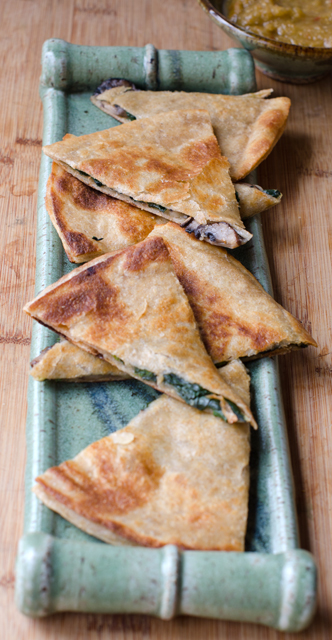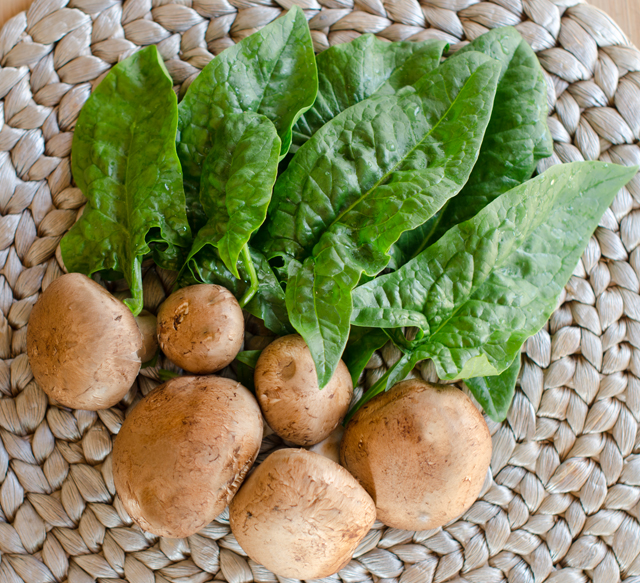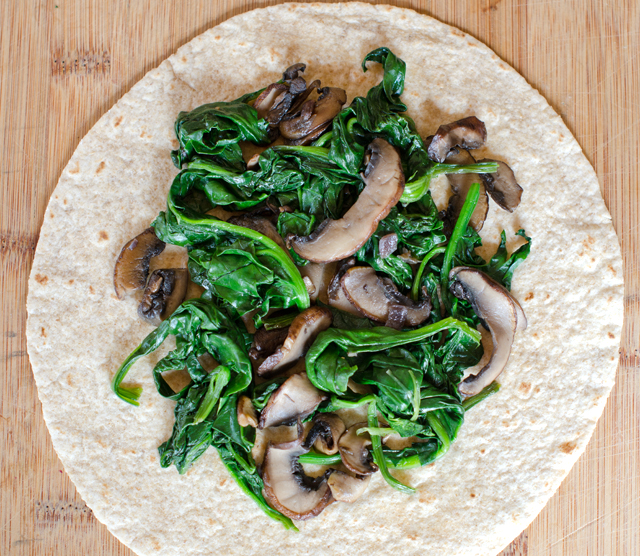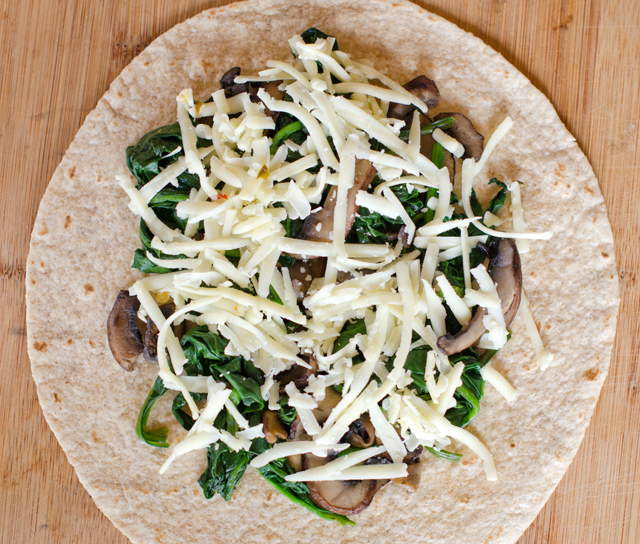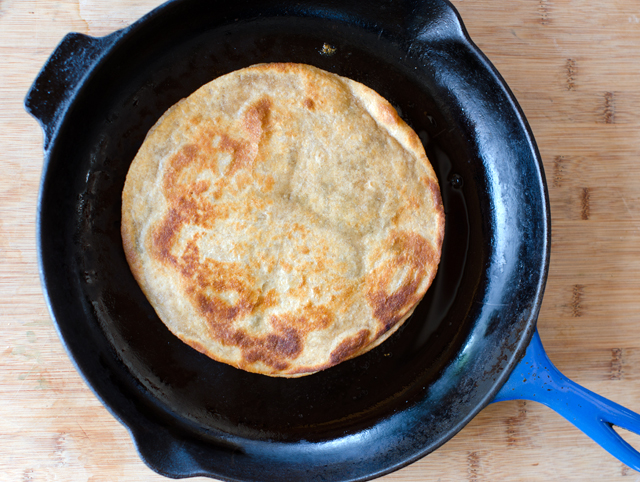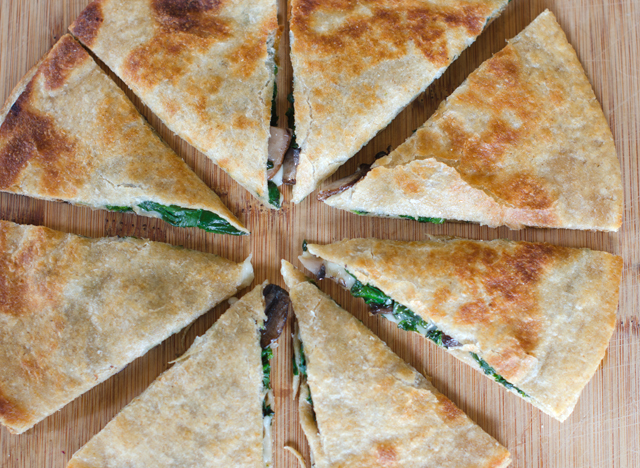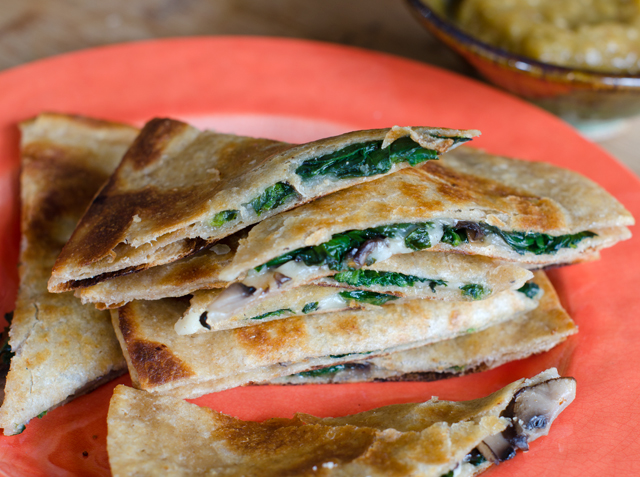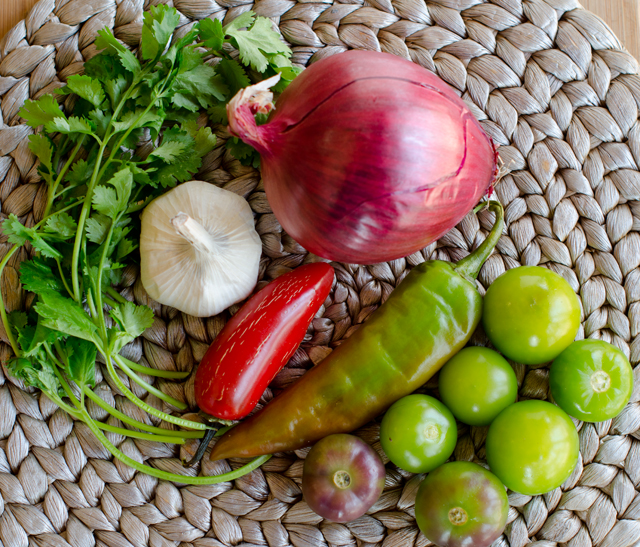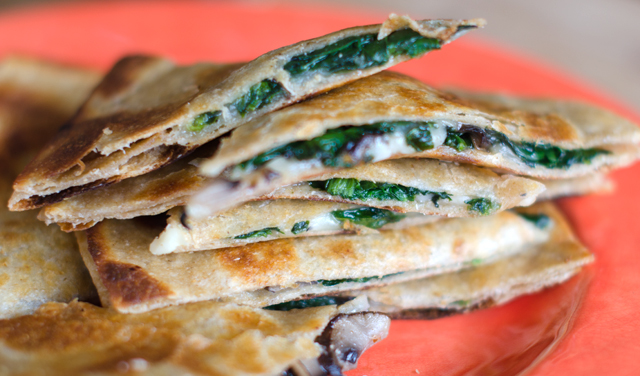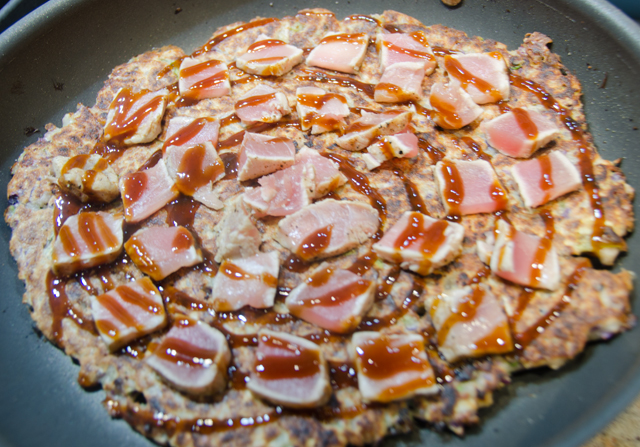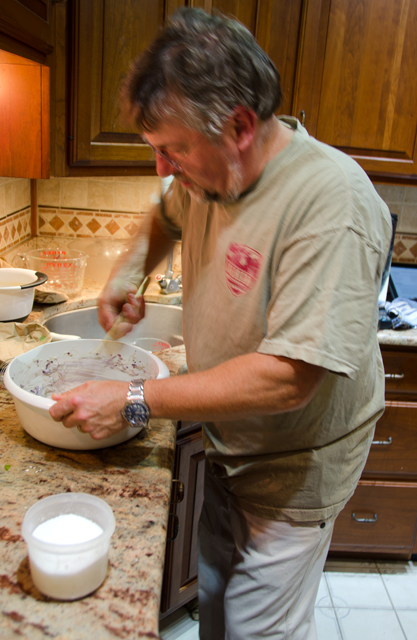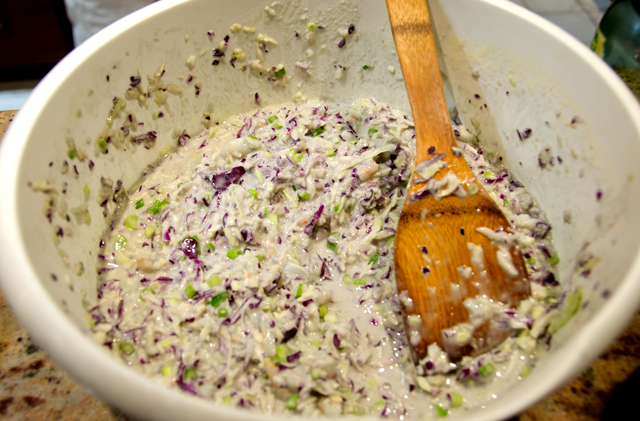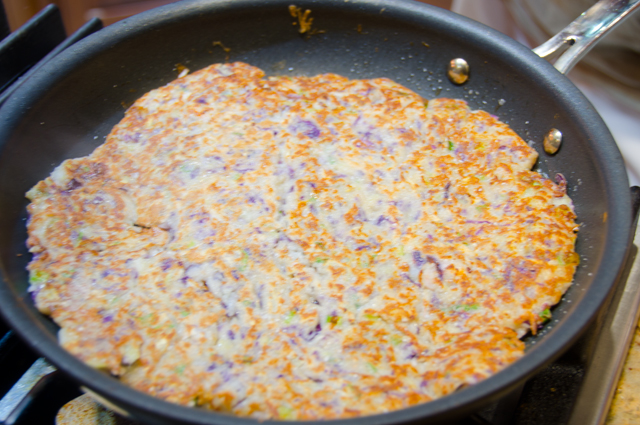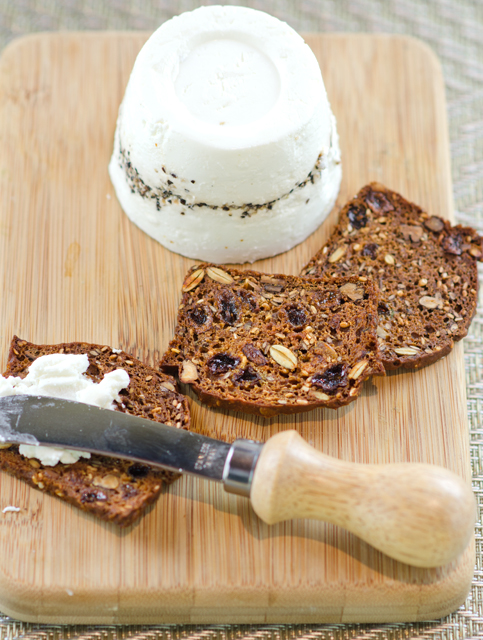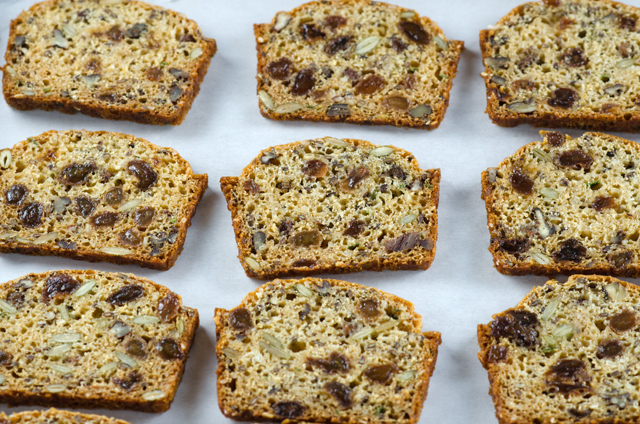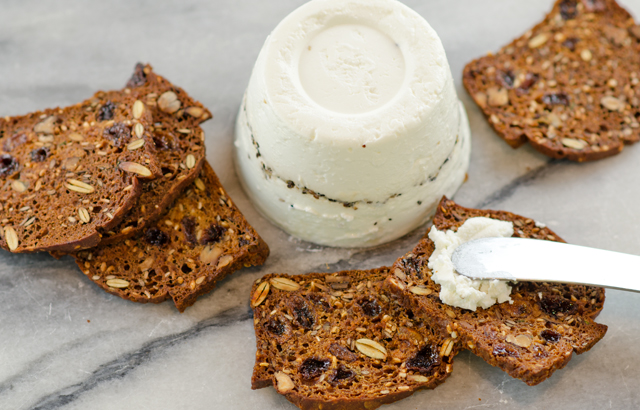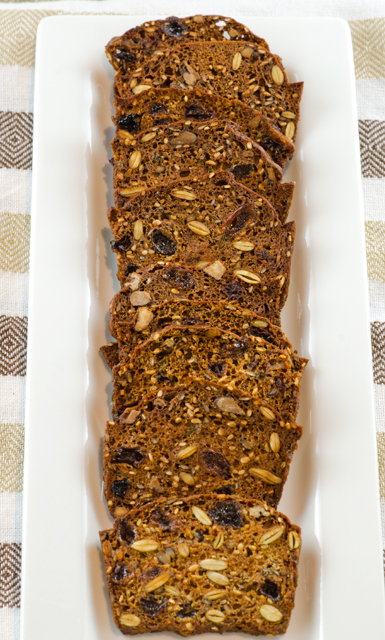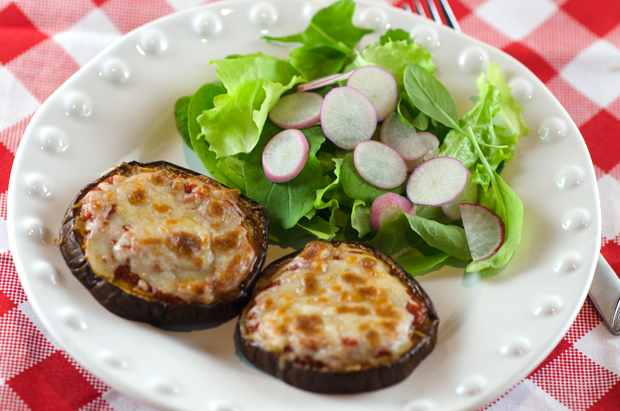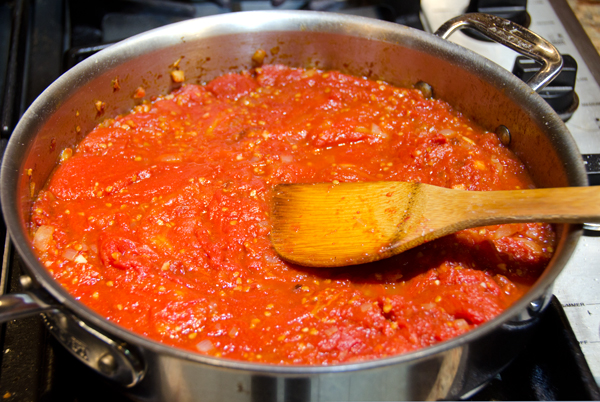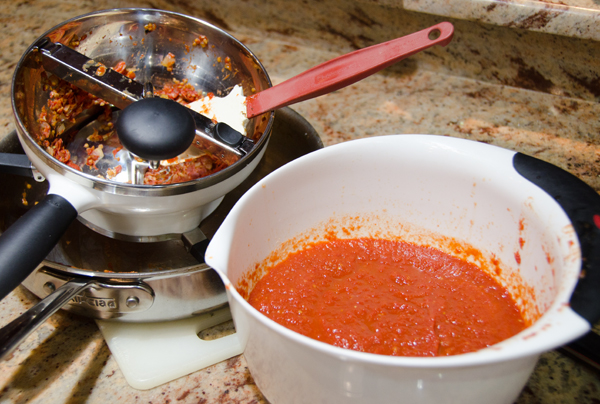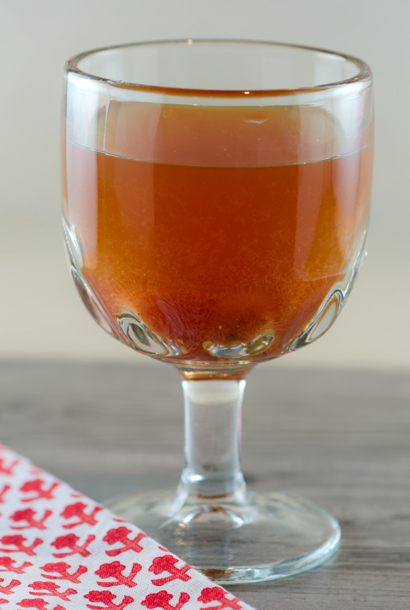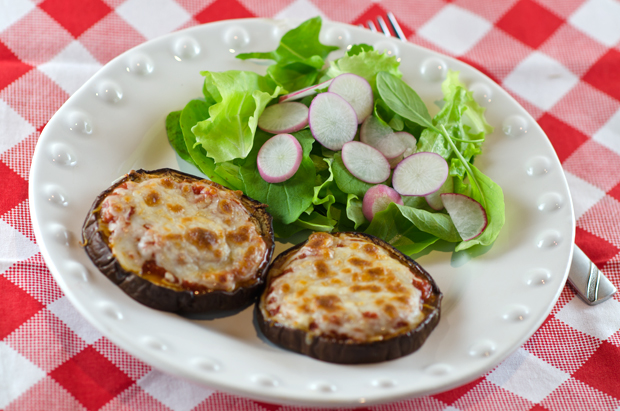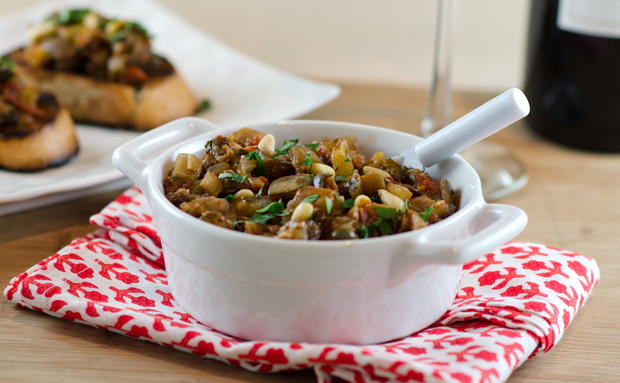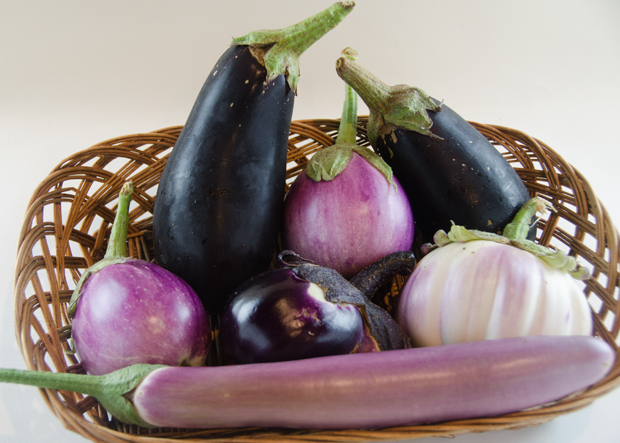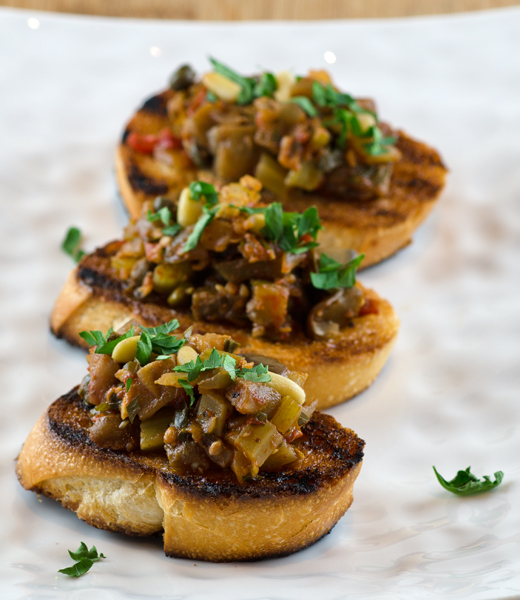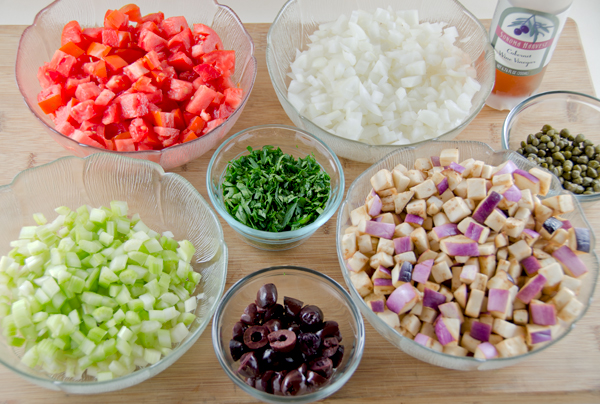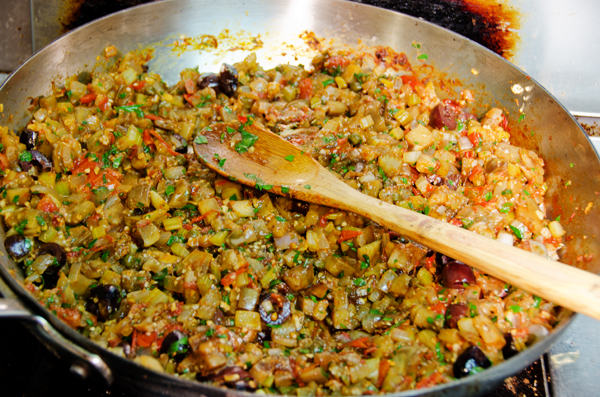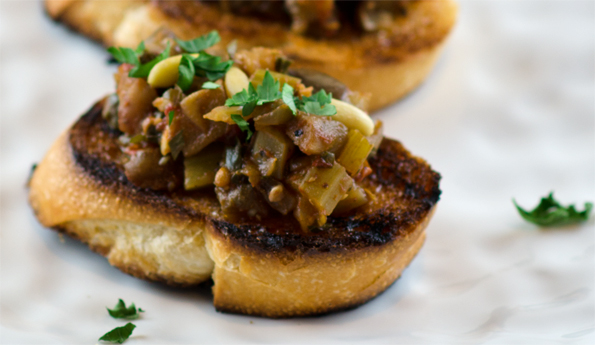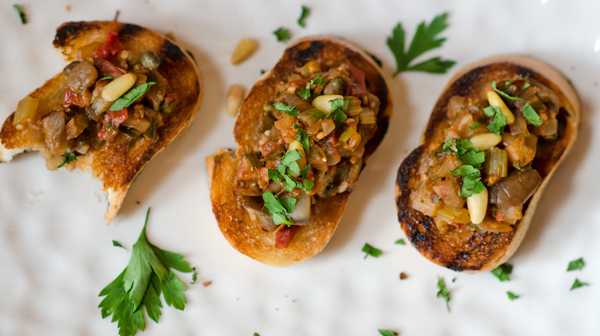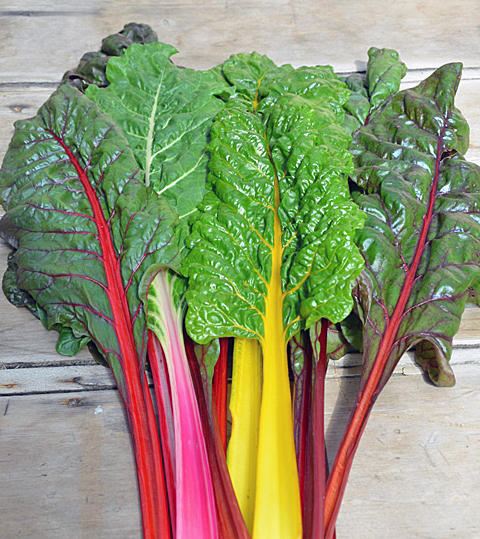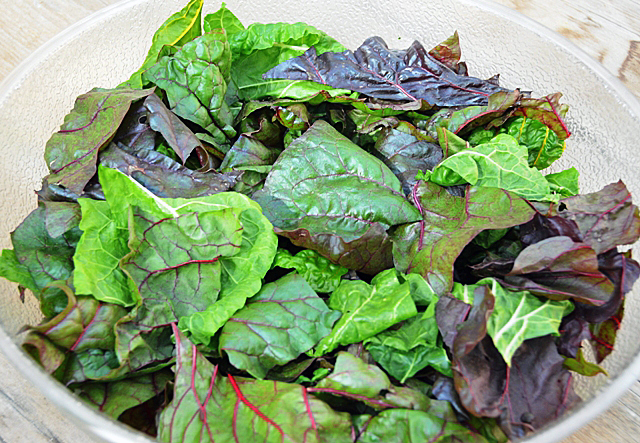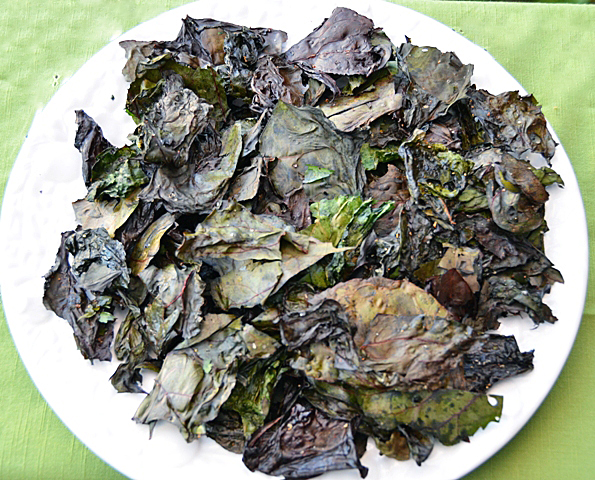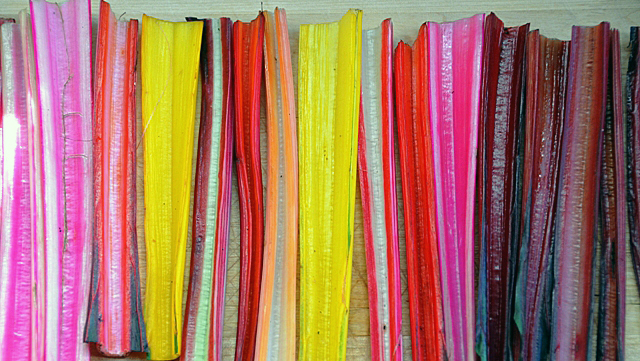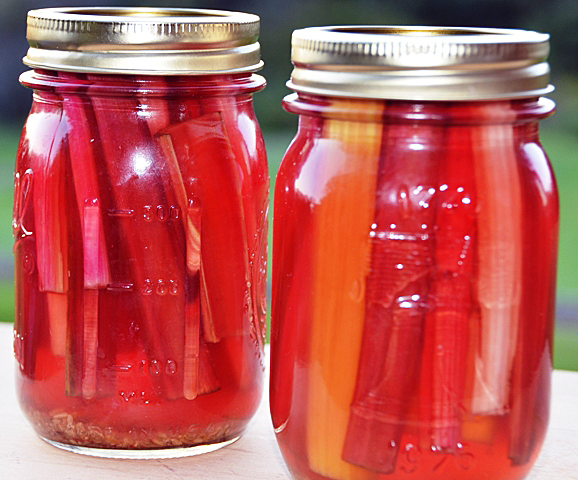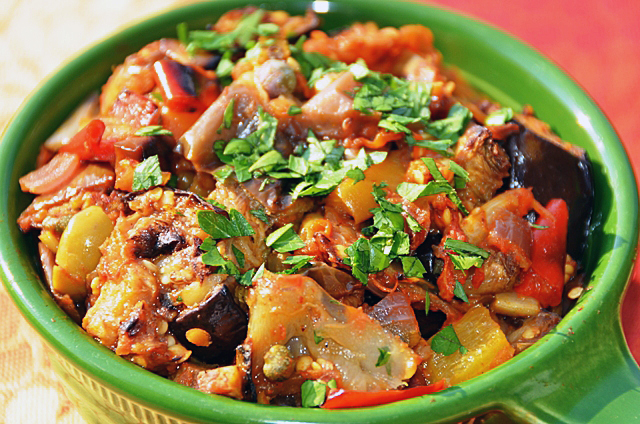Still inspired by an abundance of, you guessed it, spinach, I was looking for yet another way to use our bounty. Inspiration this time came to me in the form of a quesadilla. Crispy on the outside and melted and creamy inside, spinach adds a healthy component to this popular dish. Quesadillas are easy and delicious any time of day, as a quick snack, lunch, even for breakfast. To accompany the quesadillas I made a simple tomatillo salsa.
With the exception of the cilantro and garlic, the ingredients for the tomatillo salsa came straight from our freezer. Preparing tomatillos for the freezer is easy, I remove the papery husks and freeze them whole and raw in quart bags. A previously frozen tomatillo will not hold up to roasting but are fine in raw preparations like this. The Numex Joe E. Parker pepper used in this recipe is an Anaheim style pepper with a long slender shape and mild heat. We have an interesting variety of frozen hot peppers from gardens past, milder ones like Joe E Parker and poblanos to hotter ones, cayenne, jalapeno, serrano and Thai hot. The surprising thing is that freezing them does not diminish their heat in the least. When a recipe calls for several hot peppers, I start with one, it is much easier to add heat than to take it away.
As always, picking the spinach takes more time than most of the steps in the recipe. The filling is easy to make and used twelve cups of fresh spinach, a real plus for me. If you don’t have an abundance of spinach in your garden, use bagged baby spinach. The slightly more assertive flavor of cremini mushrooms compliments the spinach nicely.
The options for cheese are endless. I used pepper jack and cheddar cheese, a good melting cheese is important here. Choose a large heavy bottom skillet to cook quesadillas. Just a light brushing of oil in the pan is all that’s necessary to brown the tortilla and keeps it from getting greasy. You can either fold one tortilla in half or stack one on top of another. I press lightly on the quesadilla in the pan to allow the cheese to melt a bit and hold the layers together before it is flipped. The pizza wheel is the perfect tool to cut it into portions. Finished quesadillas can be held in an oven on low heat for 20 minutes.
Spinach and Mushroom Quesadillas
Makes four 8″ quesadillas
Ingredients for the filling
- 1½ T olive oil or bacon drippings
- 8 oz mushrooms, button or cremini, stemmed and sliced
- 2-3 cloves garlic, finely chopped
- ¼ c finely chopped red onion
- 12 c spinach, large stems removed
Directions for the filling
- In a large skillet heat the oil or bacon drippings over medium high heat.
- Add the mushrooms, stirring constantly, until they begin to brown.
- Add the onion and garlic and continue cooking, stirring frequently until it looks translucent.
- Add the spinach by the handful, wilting it before adding more, until it is all used. Do not overcook. Season with salt to taste.
Ingredients for assembling the quesadillas
- Eight 8″ soft tortilla or taco shells, I used whole grain
- Olive Oil
- 1½-2 c grated cheese, I used a combination of pepper jack and cheddar
Directions for assembling and cooking the quesadillas
- Preheat oven to 180°F.
- Place four tortillas on two baking sheets, divide evenly the spinach and mushroom filling and the grated cheese between them.
- Top with the four remaining tortillas and lightly press to seal.
- Place a 12″ heavy bottomed skillet over medium high heat. Brush the skillet lightly with olive oil.
- Place the quesadillas in the skillet one at a time, pressing down lightly but firmly and cook for about 3 minutes on each side. You can peek by lifting up with a spatula to see if it is getting golden brown. Transfer the cooked quesadillas to a baking sheet and keep warm in the oven, lightly covered with foil.
- Slice each quesadilla into 6-8 wedges, a pizza cutter works well here, and serve hot with tomatillo salsa or your own favorite.
Tomatillo Salsa
Ingredients
- 3 cloves garlic, peeled
- 1 jalapeno pepper, stemmed and seeded and quartered
- 1 Numex pepper, stemmed and seeded and quartered
- ¼ c roughly chopped red onion
- 1 lb tomatillos, husked, rinsed and cut into quarters
- ¾ c loosely packed, lightly chopped cilantro
Directions
- With a food processor or blender running, drop in the garlic cloves one at a time letting each piece get finely chopped before adding the next. Add the peppers, onion, tomatillos and cilantro and process until smooth.
